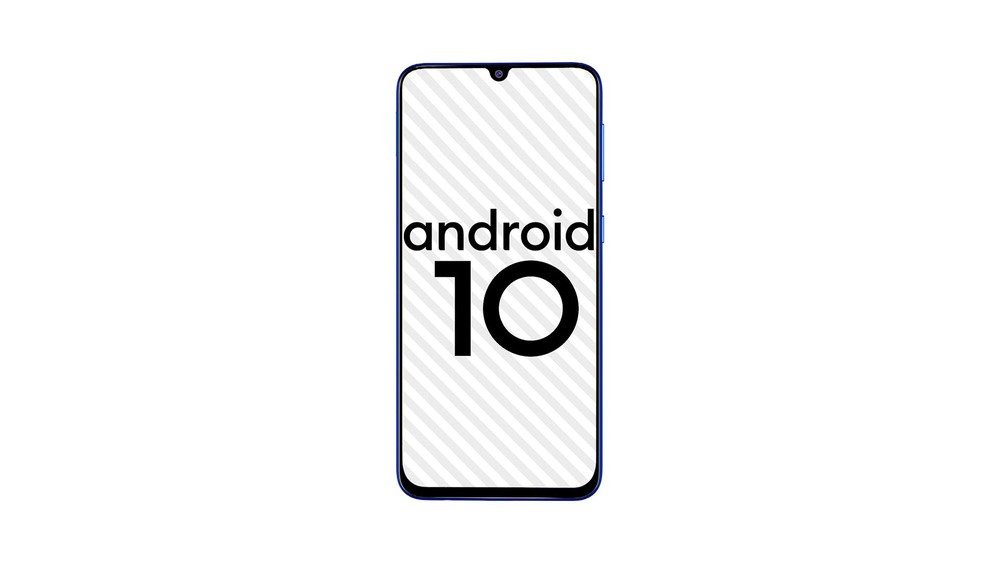The Moto G100 was launched by Motorola in March of this year to replace models like the Moto G9 Plus. Both phones have more elaborate technical data sheets and, even with different nomenclature, the new device from the manufacturer brings similar specifications to the G9 Plus, such as the quad-camera and the 5,000 mAh battery. In the following lines, check out the similarities and differences.
Moto G100 vs Moto G9 Plus
| Specifications | Moto G100 | Moto G9 Plus |
|---|---|---|
| Launch | March 2021 | September 2020 |
| Current price | €499.99 | $219.99 |
| Screen | 6.7 inches | 6.8 inches |
| Screen resolution | Full HD + (2520 x 1080 pixels) | Full HD + (2400 x 1080 pixels) |
| Processor | Snapdragon 870 (octa-core up to 3.2 GHz) | Snapdragon 730G (octa-core up to 2.2 GHz) |
| RAM | 12 GB | 4 GB |
| Storage | 256 GB | 128 GB |
| Memory card | MicroSD up to 1 TB | MicroSD up to 512 GB |
| Rear camera | Quad Camera – 64, 16 and 2 MP + ToF | Quad Camera – 64, 8, 2 and 2 MP |
| Front camera | Dual Camera – 16 and 8 MP | 16 MP |
| Operating system | Android 11 | Android 10 |
| Battery | 5,000 mAh | 5,000 mAh |
| Dimensions and weight | 168.4 x 74 x 9.7 mm; 207 g | 169.98 x 78.1 x 9.89 mm; 223 g |
| Colors | White and blue | indigo blue and rose gold |
Screen and Design
The 6.8-inch screen of the Moto G9 Plus is slightly larger than that of the Moto G100, which has 6.7 inches. In terms of resolution, the difference between them is also small, as it is 2400 x 1080 pixels on the older model and 2520 x 1080 pixels on the newly released phone.

Both handsets bring HDR10 in the display specifications, as well as the IPS LCD panel, also present in both the G9 Plus and G100. One of the differentiators that should make the launch stand out is the 90 Hz refresh rate of the screen, which can give more fluidity to the images shown on the display.
In the design aspect, the phones are similar in the absence of the notch, since both accommodate the front camera through a hole in the screen. The only difference is that the Moto G100 has two lenses for selfies, while the G9 Plus has only one. Another point in common is the fingerprint reader located on the side of the device, next to the power button.
The lenses of the Moto G9 Plus are aligned vertically in a rectangle on the side, while the Moto G100 has a square arrangement of four lenses. In terms of finish, the newly released model has Luminous Sky (blue) and Luminous White (white) options, while the G9 Plus comes in Indigo Blue and Rose Gold.
Camera
Both models feature a quadruple-camera, with a 64 MP main lens. The Moto G100 brings an unusual 16 MP hybrid sensor – that is, it can act as ultra-wide and macro, to capture photos with greater coverage, but also record the details of objects, for example. It’s also worth saying that in addition to the 2 MP depth sensor, the latest smartphone also features laser autofocus.

One of the Moto G100’s standout features is the ring flash, exclusive lighting of the lens that captures the photo, as a tool in addition to the flash, which the phone also comes with. As for videos, the phone allows the capture of the desired audio, without so much interference from ambient sound. Finally, another relevant aspect is the possibility to record using both cameras (front and rear) simultaneously.
The Moto G9 Plus brings, besides the 64 MP on the main camera, an 8 MP ultra-wide camera, as well as the depth and macro cameras, both with 2 MP. Like the Moto G100, the Moto G9 Plus uses Quad Pixel technology, which provides sharper images by grouping four pixels and one. Night Vision also makes it possible to take higher quality photos, even in low-light locations.
Finally, the Moto G100 brings two lenses on the front camera, one with 16 MP and another with 8 MP, which allows more versatile photos. The Moto G9 Plus, on the other hand, brings only one sensor, also with 16 MP, which equates to the two phones in terms of recorded image quality.
Performance and Storage
This is one of the items that most marks divergences between the phones, starting with the processor. The Moto G9 Plus uses a Qualcomm chipset, the Snapdragon 730G, a 2.2 GHz octa-core combined with the Adreno 618 GPU, while the Moto G100, arrives with a Snapdragon 870, also with eight cores, but with speeds up to 3.2 GHz, in addition to the Adreno 650 GPU.
In storage, the G100 doubles the 128 GB of the Moto G9 Plus and offers 256 GB of space. Both come with microSD card support, but the first model allows you to expand the memory by up to 1 TB, while the second enables the increase by up to 512 GB. The 4 GB RAM of the G9 Plus jumps to 12 GB in the newly released model, which gives a highlight to the latest phone in terms of speed in processing.
Battery
If in performance the two phones are different, in battery, they match up. There is 5,000 mAh to supply the G9 Plus and the G100, which can provide two days away from the sockets.

In terms of charging, the G9 Plus charger tends to benefit the user with 10 W more than the one that comes with the Moto G100, with only 20 W. In practice, Motorola guarantees that 10 minutes of charging for the Moto G9 Plus yields 12 hours of use. Both use TurboPower technology and have USB-C input.
Android Version

The Moto G9 Plus, announced last year, runs Android 10 as a factory version but should receive an update to Android 11 soon. The Moto G100, on the other hand, already arrives with Android 11, which allows you to use native features such as bubble-shaped notifications, screen recording, and scrollable screenshots.
The Moto G100 should receive the update to Android 12 and, like the G9 Plus, should get security updates for two years.
Additional Features
One of the features that sets the Moto G100 apart is the 5G connection and also 5G DSS, a version that predates the fifth generation. The internet that should deliver more speed overlaps with the LTE connectivity offered on the Moto G9 Plus. In other words, this is a better-equipped device for the future of telecommunications in the country.

In addition to the Internet, the Moto G100 also features a new platform, Ready For. It allows mirroring the mobile screen on other devices, such as a computer or television. Transmission via HDMI/USB-C enables the user to connect video calls on the TV and use the rear camera to make the call. It is also possible to display the cell phone’s games on a larger screen. Another detail is the connection with a keyboard, mouse, or video game controller, which can further optimize the use of the cell phone on the platform.
As for the Moto G9 Plus features, one can say that it brings an exclusive button for Google Assistant and the page with personalized content, Hello You. Just like the Moto G100, it uses a P2 headphone jack.
In terms of connectivity, both phones have NFC in common, which allows payments by proximity, for example. As for Bluetooth, the Moto G9 Plus brings version 5.0, while the G100 has the update to 5.1. The Wi-Fi configuration is also updated in the newly launched model, which now brings Wi-Fi 6.
Price
Launched in September 2020, the Moto G9 Plus can already be found on Amazon for $219.99. The Moto G100, in turn, was launched last month for the price of €499.99, which has remained the same to date.
- Buy Moto G9 Plus
This post may contain affiliate links, which means that I may receive a commission if you make a purchase using these links. As an Amazon Associate, I earn from qualifying purchases.

